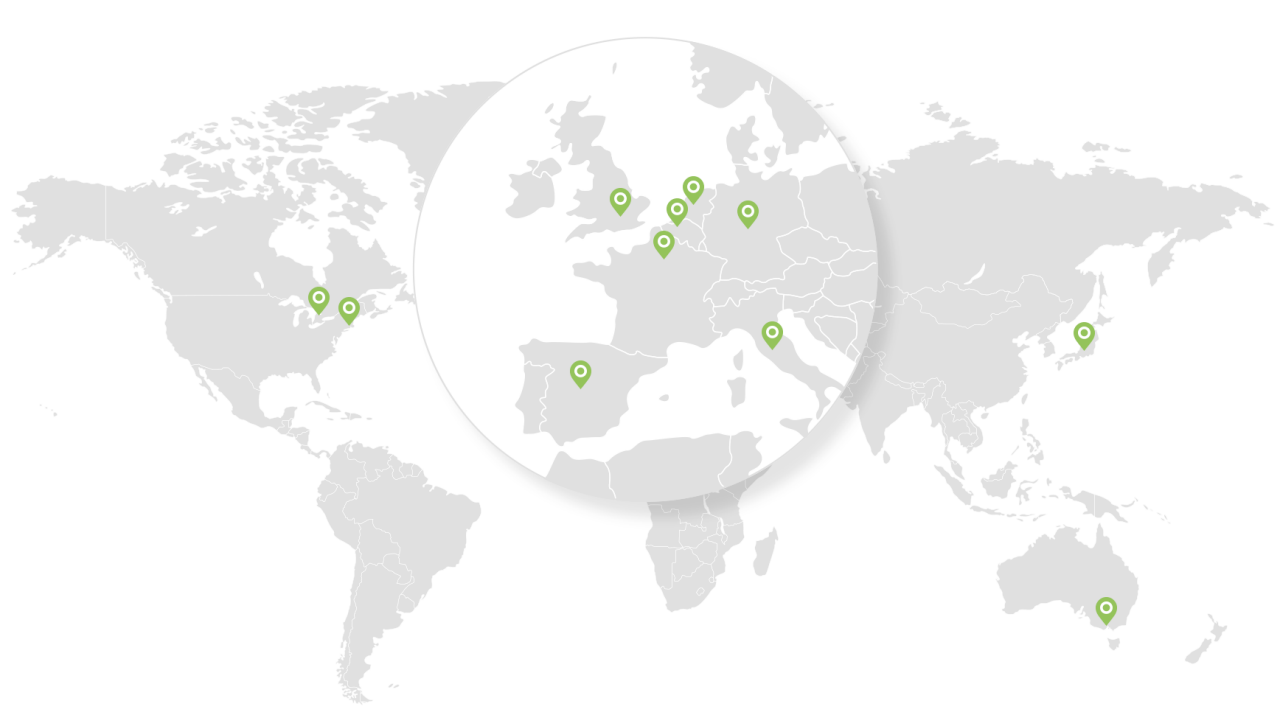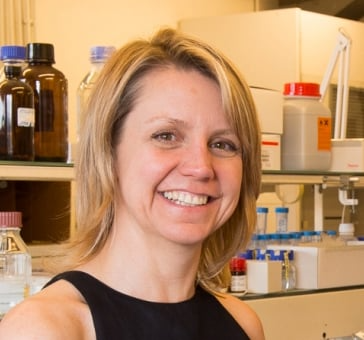How can we boost the immune system again to eliminate cells?
This is the story of Professor Sophie Lucas and her research team at The de Duve Institute, located on the medical campus of the University of Leuven. Prof. Lucas and her team collaborated with the scientists of argenx to come up with a potential therapy.
Our Immune System
Prof. Lucas explains the role of our immune system: “We know that the immune system in humans is mainly to defend ourselves against infections, like viral infections, bacterial infections, and parasitic infections.”
It has also been clearly demonstrated that the immune system can recognize cells as abnormal and can initiate a process to eliminate them. Simplified, this is the remarkable role the immune system can play in surveillance.
Tumor escape
There are many different reasons why the immune system can lose its ability to identify or eliminate tumor cells – in this scenario, the tumor cells can escape surveillance by the immune system. Many labs today are trying to understand how tumor escape works, asking questions like: Why does it occur? How does it occur? How can we prevent it from occurring?
Prof. Lucas explains there are various reasons tumor escape occurs: “Either the immune cells cannot recognize the tumor cells because the tumor cells have become resistant to killing or else the immune cells have become paralyzed.”
In order to overcome tumor escape, “we have to boost the immune system again, to start doing its work, which is to eliminate the cells. This is what we call immunotherapy.”
The role of GARP
“Some cells in the immune system are specialized in recognizing and eliminating tumor cells. Other cells in the immune systems called Tregs or regulatory T-cells, are dampening immune responses to prevent autoimmunity or autoimmune diseases. We found out that these Tregs function thanks to a molecule on their surface called GARP. GARP tells the Tregs to exert their inhibitory function. What we have done together with argenx is to develop an antibody that can block the function of GARP on the surface of Tregs.”
In this way, a GARP inhibitor could have the potential to reactivate the immune system to eliminate cells.
Collaborating with argenx
The GARP collaboration was the first one that Prof. Lucas established with argenx: “My lab was already working on Tregs and GARP and we had derived our own antibody with our usual technology. Together with argenx, we thought it could be nice to develop a similar [anti-GARP] antibody to the one we already had - but using argenx’s platform. The platform is extremely well-adapted and works beautifully to produce antibodies that have a therapeutic value.”
Co-creation of a unique antibody
“What we have done together with argenx is to develop an antibody that can block the function of GARP on the surface of Tregs. Blocking GARP helps to stop the function of Tregs, and hopefully restore the function of the anti-tumor T-cells that are supposed to eliminate the tumor.”
A collaboration of mutual respect
“This GARP project really is my baby. That's the feeling that I have had from the start, and that I still have now. The collaboration with argenx was respectful of my scientific investment and passion in the GARP project. I feel lucky to have been included in the development of this project, even while it was in the hands of argenx.”
ARGX-115, now known as ABBV-151, was partnered with AbbVie in 2016 under a Development and Exclusive License Option Agreement.

